[Original by Mariko OMURA, Cambodia Project (November 16, 2020); Translated by S. Tokugawa/M. Olagoke]
Hi, this is Mariko Omura, the country director of JVC Cambodia. Lately, we have been talking about reservoirs, so this time I would like to write about agricultural training which is another pillar of our activities on this blog.
JVC Cambodia conducts technical trainings on a regular basis to provide support for producing kitchen gardens at each home. We welcome everyone, and applicants can join this at any time. Anyone who is interested in it can take part whenever they like. Besides the trainings, we are providing reservoir support for areas in which it is particularly tough to obtain agricultural water.
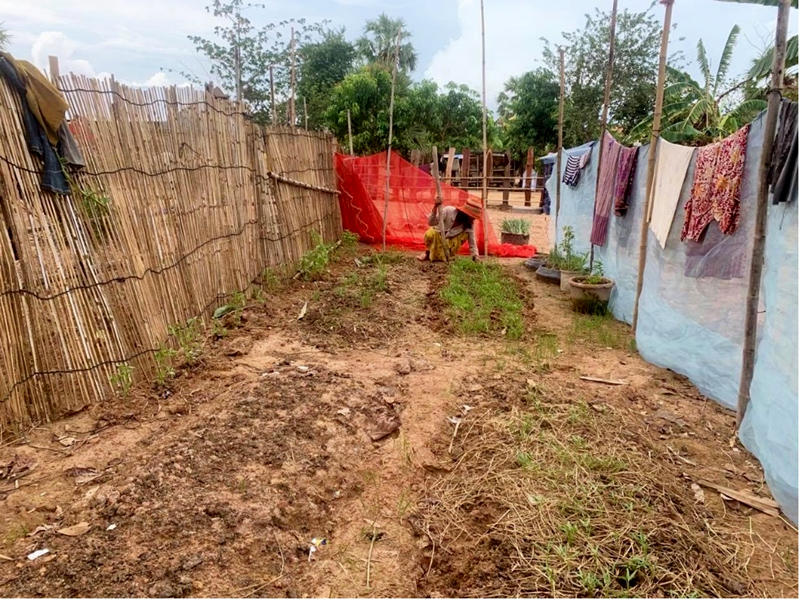
A kitchen garden of a trainee, Rim, in May. She has been producing only rice.
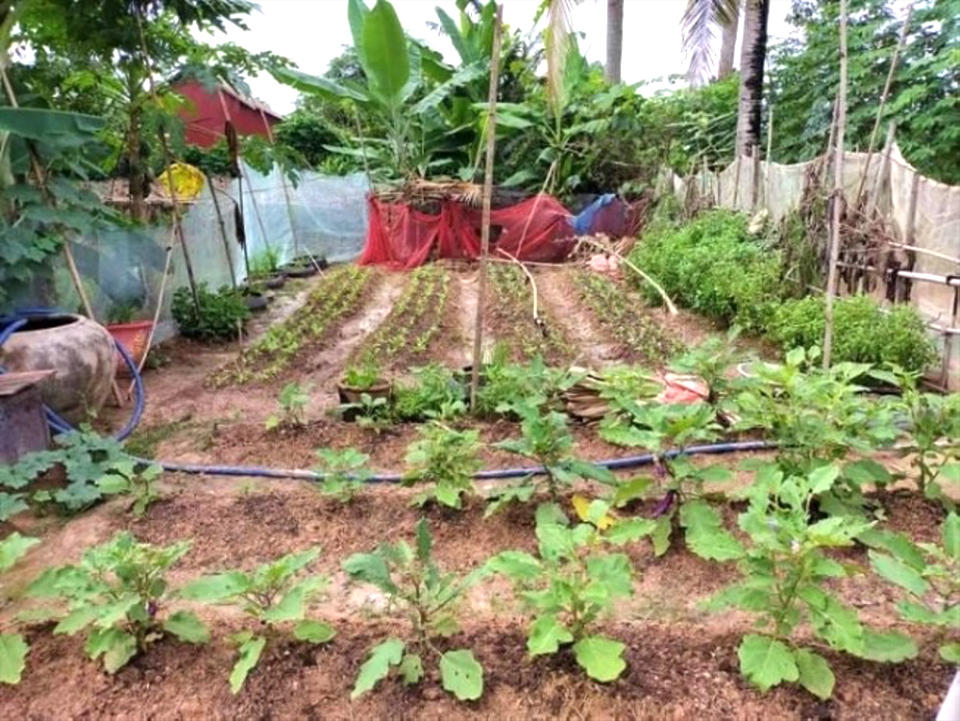
The same place in October. She has become able to build her garden after joining the training.
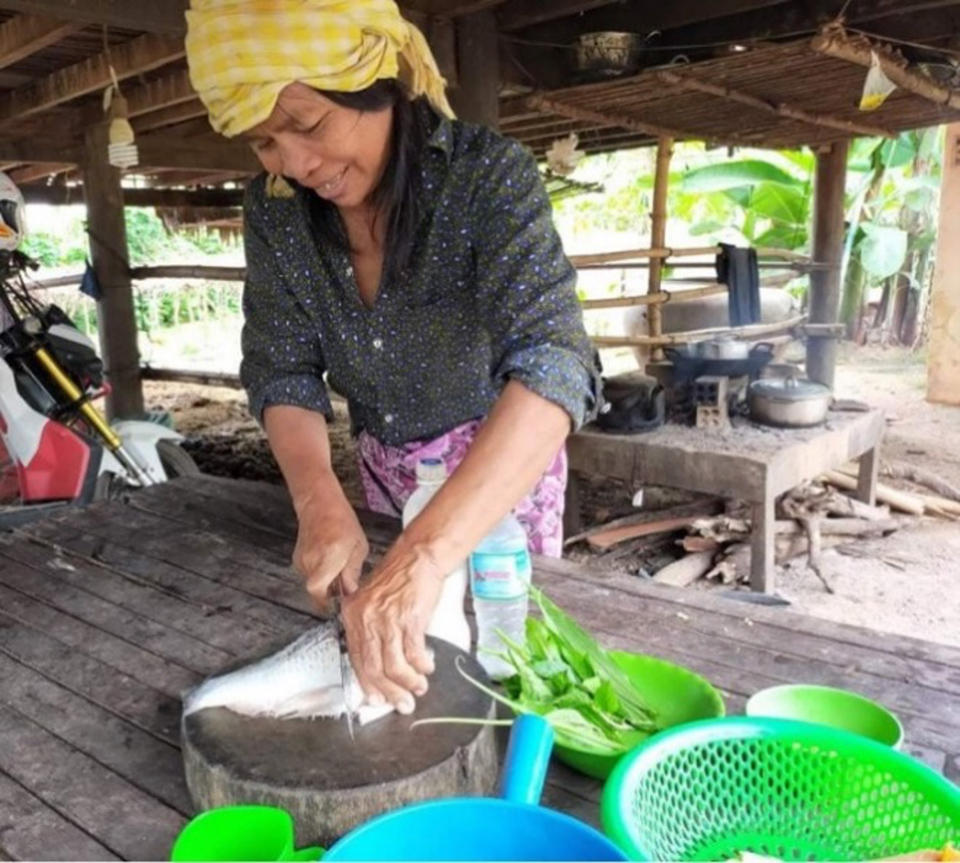
Making lunch with a fish caught in the river and vegetables grown in her garden. She has reduced expenditure since starting her kitchen garden. And her home-grown vegetables are safe to eat.
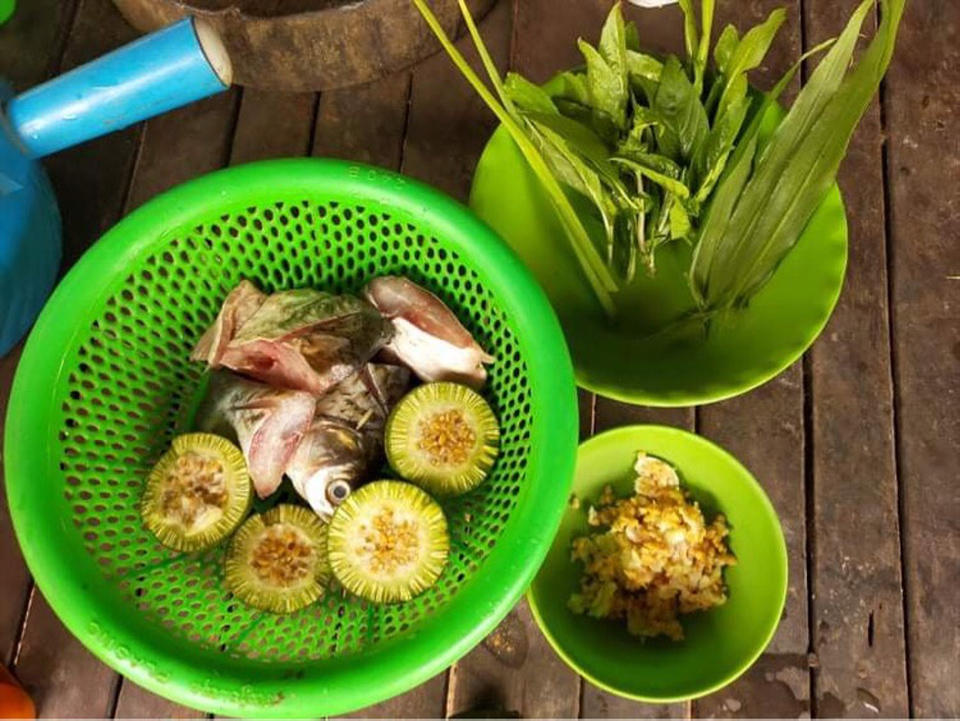
Fresh garlic leaves, culantro, and basil for today’s dish.
In our activity villages, the number of people who sell surplus food for cash income has been increasing such as Bopper, Chomno, and Nem Sornn as I introduced in my previous articles. With the help of the gardens of such people, we conduct training these days and we have opportunities to ask people who have their gardens to tell trainees directly about daily maintenance and troubles while looking at the actual gardens.
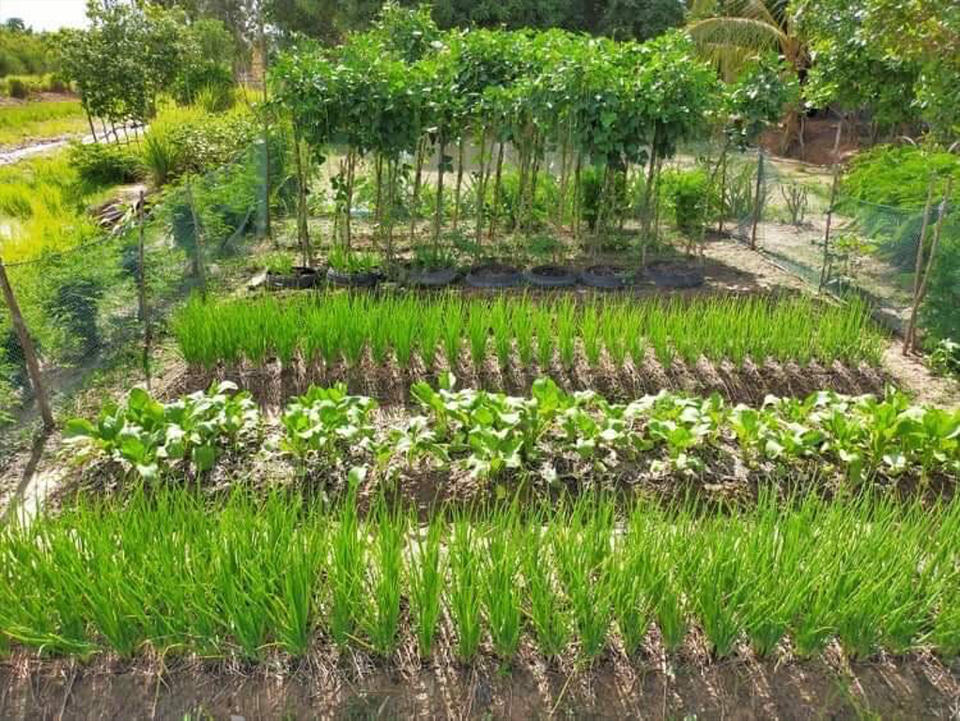
A trainee succeeded in building a productive garden like this from nothing!
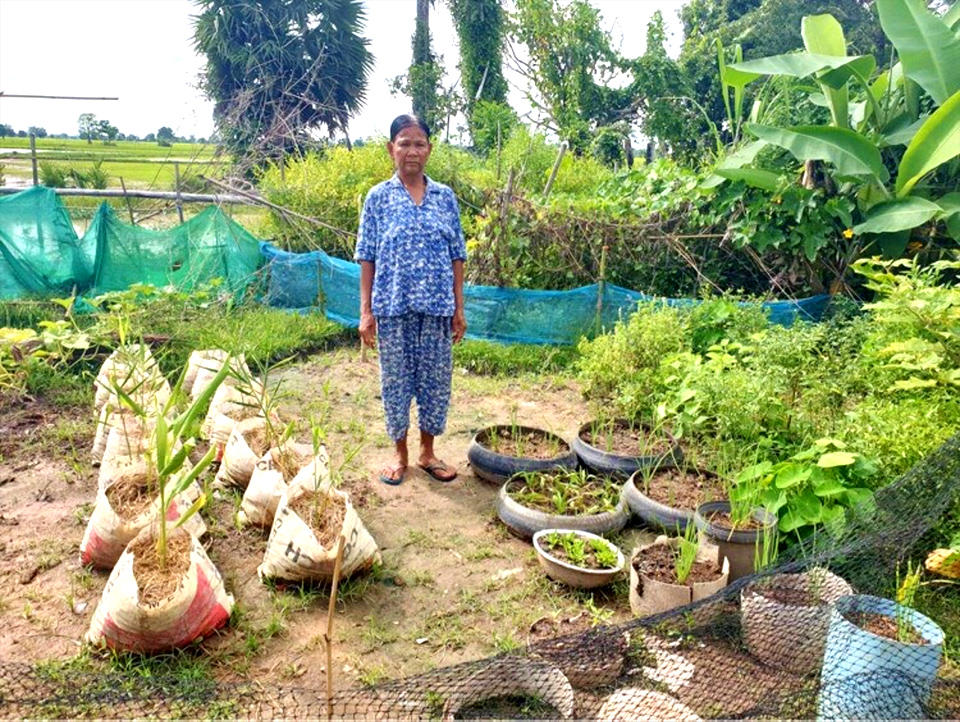
This woman has started creating her kitchen garden gradually in an open space.
Our training activities were stopped between the end of March and the end of May 2020 due to COVID-19, but we have restarted with new rules since this June. How are the trainings made use of at each home?
Training for pest control
This training was born out of a discussion between Chetra, the manager of JVC Cambodia, and the villagers. We teach participants about trimming weeds, maintaining kitchen gardens, and making pest repellents from natural ingredients which they can easily get.
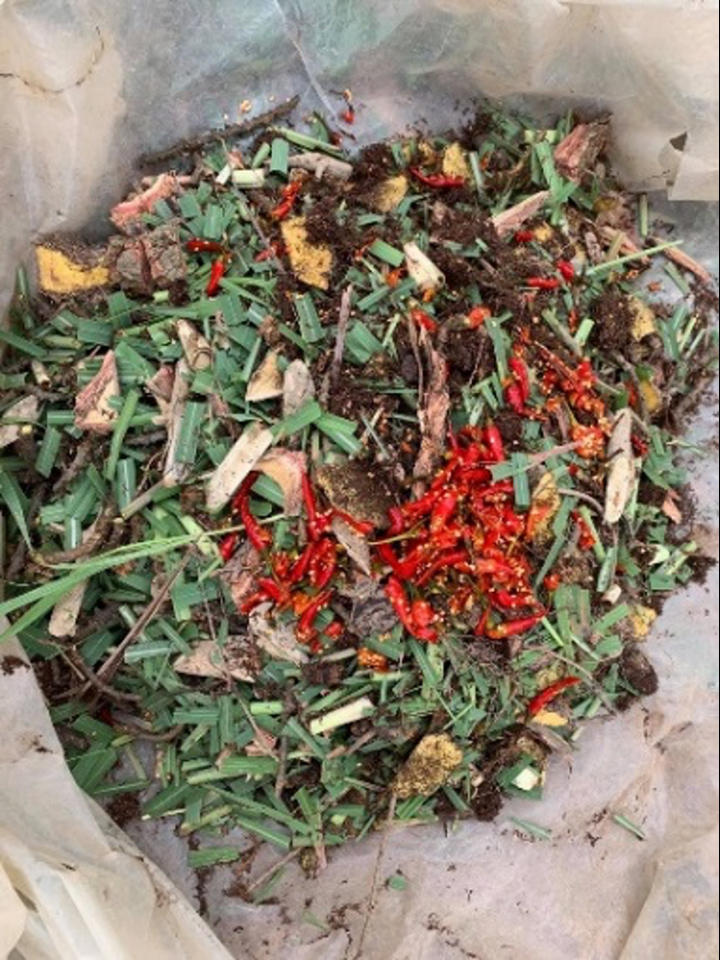
Ingredients: tobacco leaves, red pepper, lemongrass, neem bark, cassava, and the like.
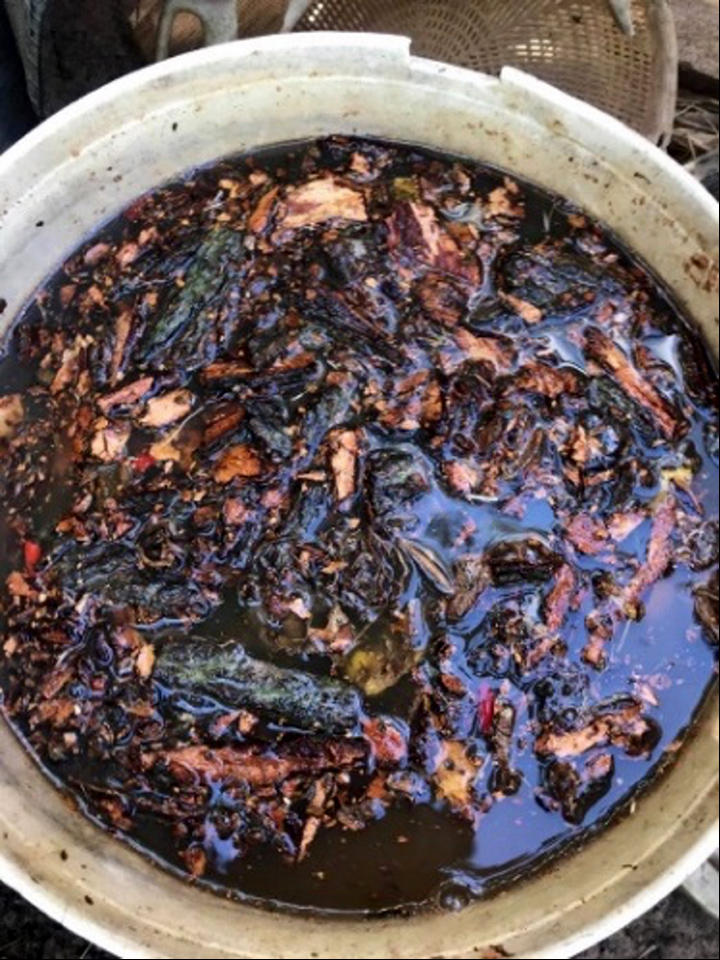
Grind the ingredients and soak them in water. Stir from time to time, and it will be completed in three weeks.
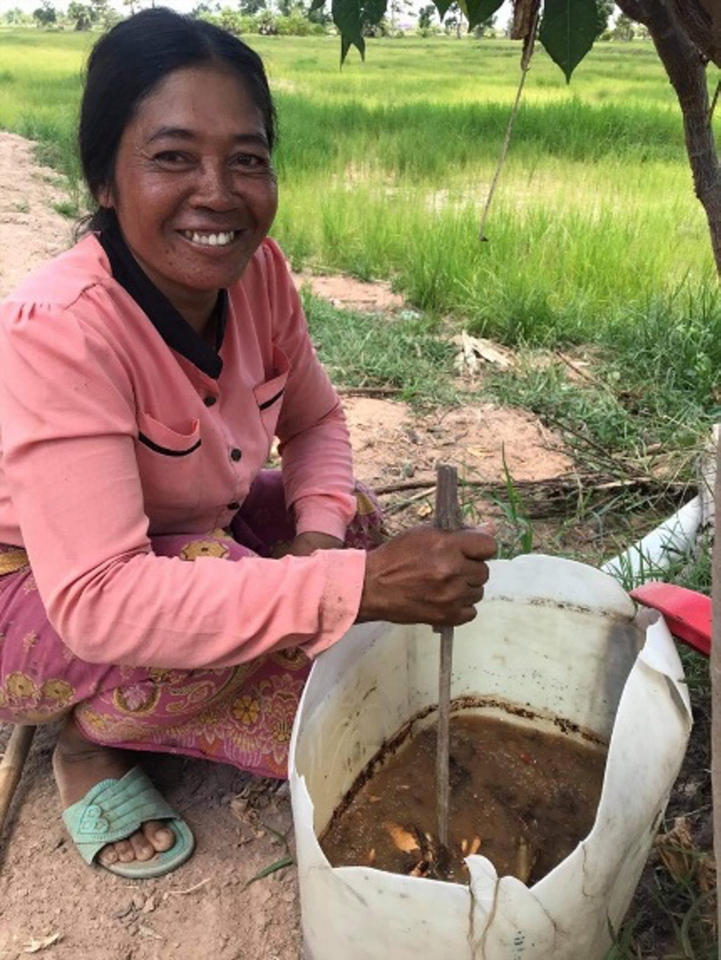
Trainee manages the pest repellent in containers. She realized that the repellent prevented the vegetables from being bitten by insects.
Training for making fluid fertilizer and compost
In this training, we prepare nutritious compost from available material (cow dung, leaves, agricultural calcium, and so on). This is a popular training that has been conducted over the past few years in several villages, and recently ex-trainees have taken charge as instructors!
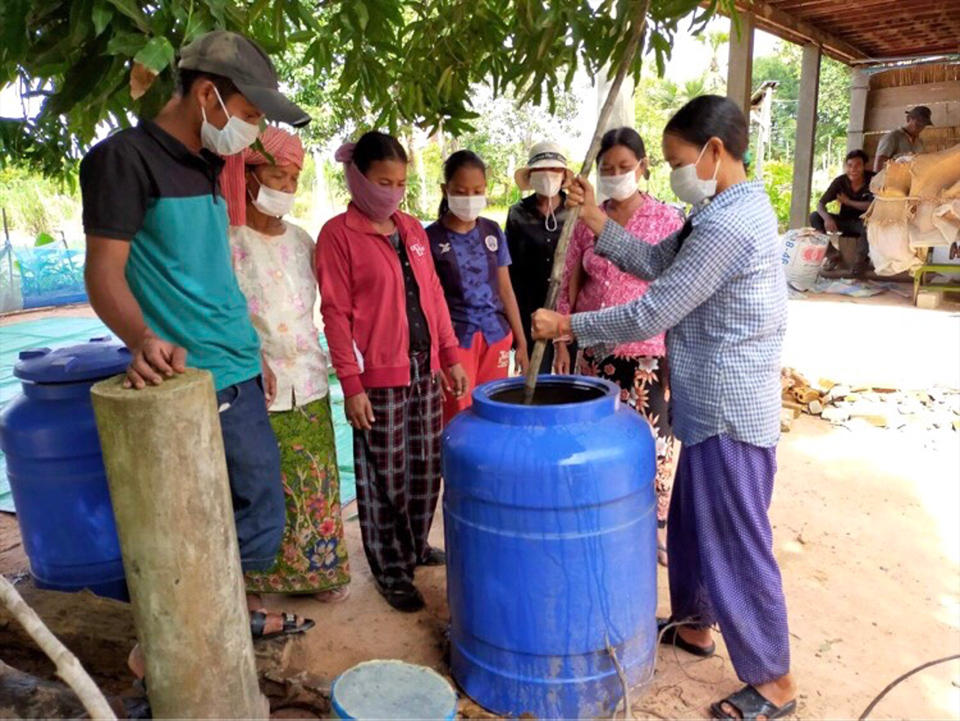
Ms. Bopper (right) gives lessons as she gained experience and got good results in practice after joining the training.
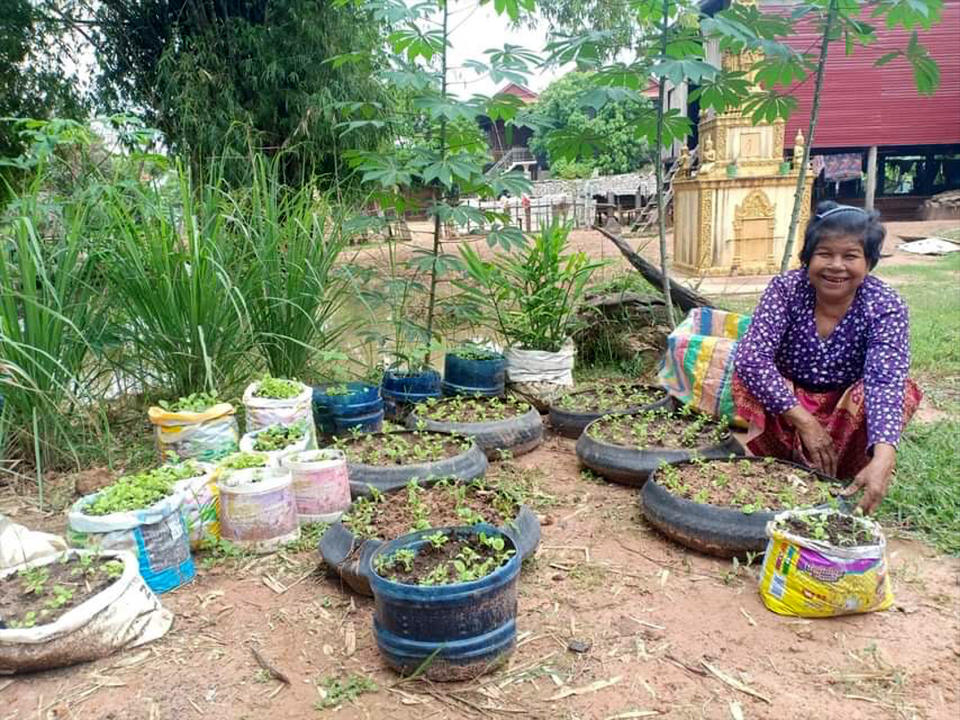
A trainee. She uses fluid fertilizer learned in the training for her garden. She likes it because its material is easy to get and is organic.
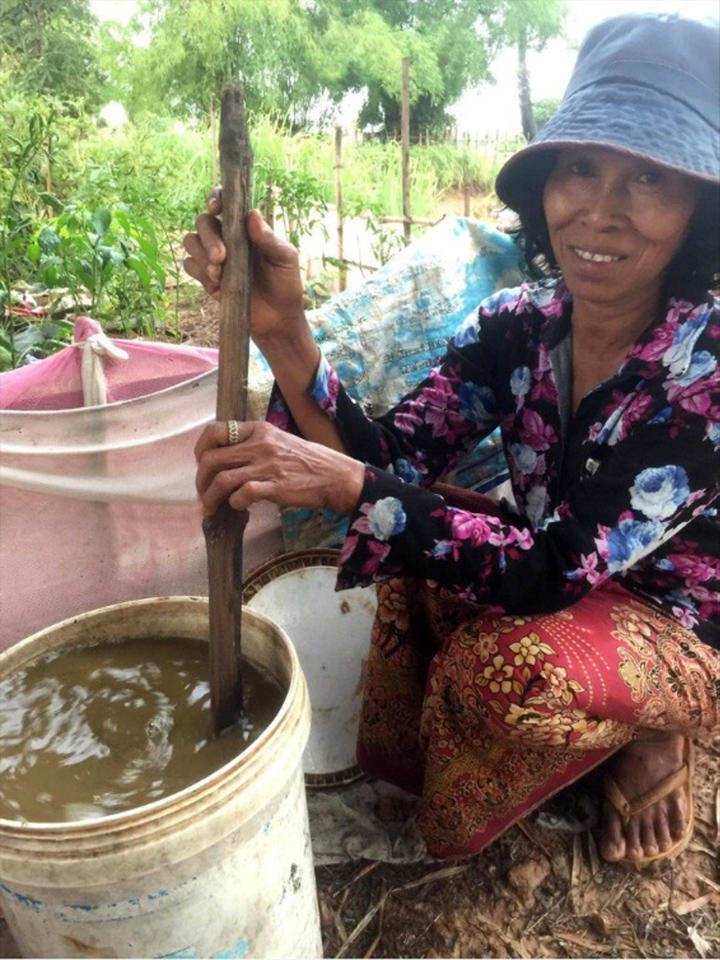
Another trainee, Moum Sorn who lives near the reservoir made in 2018. Owing to the reservoir, she can easily get water and continue her kitchen garden.
Training for water conservation and control measures for flooding
These trainings are conducted in the dry and rainy seasons, respectively. Participants learn how to cultivate perennial plants which are easy to grow throughout the year, as well as how to plant seedlings.
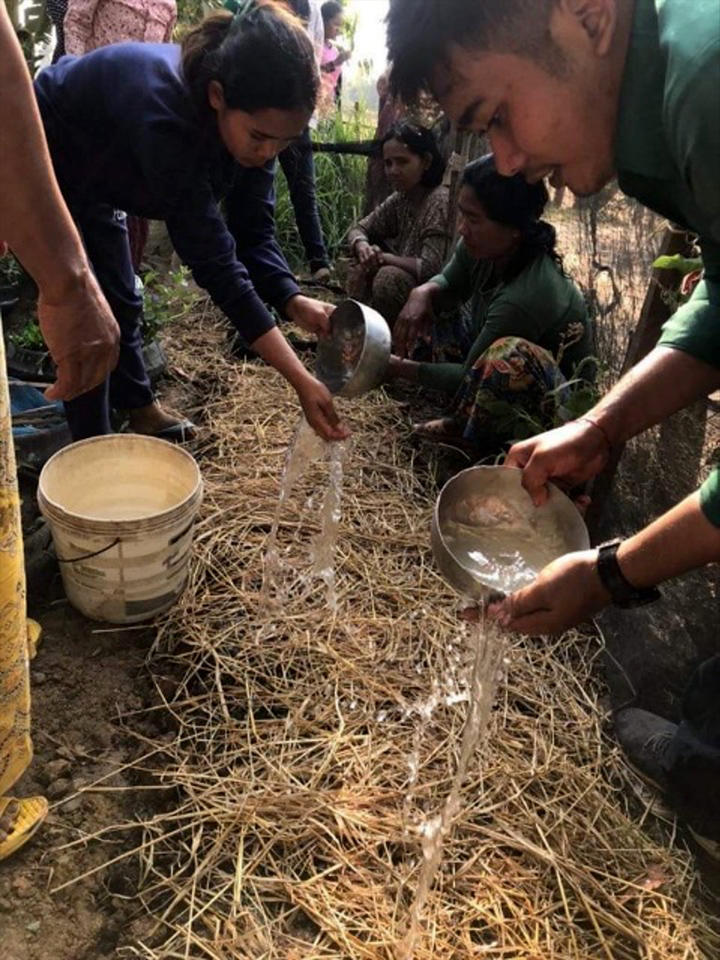
Spreading straw on the soil can reduce the amount of evaporation. This is a technical training for saving water in the dry season.
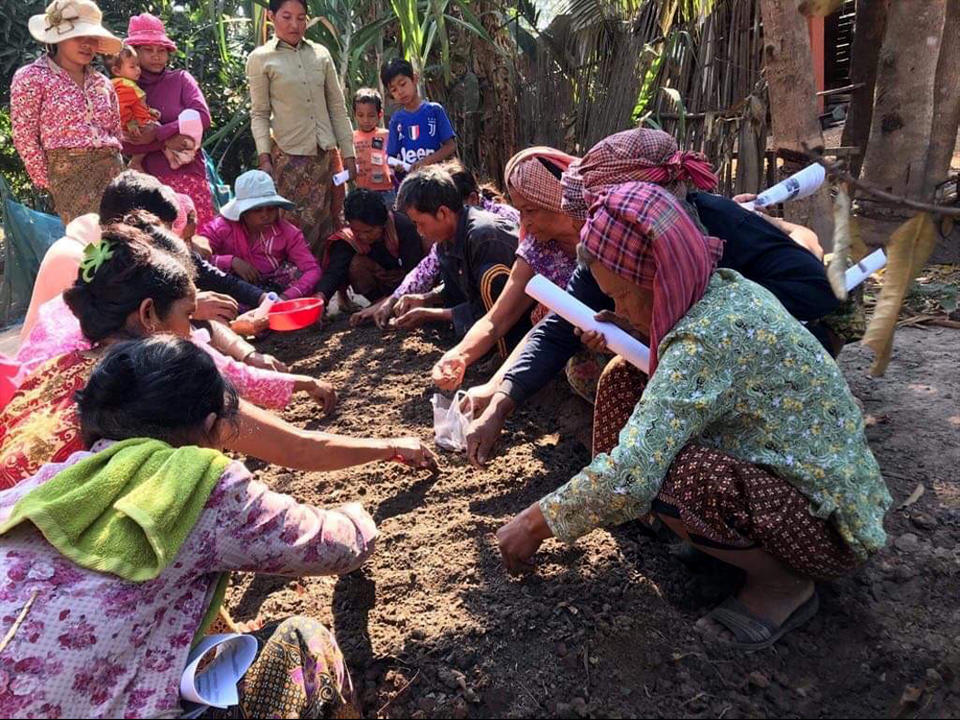
Participants learn through practice in a bustling environment. This picture was taken in February 2020. We are now required to wear masks and maintain social distancing, and we have a new rule to restrict the number of participants to 10 people, so it is a bit sad…
Measures for flood control in the rainy season are as shown below.
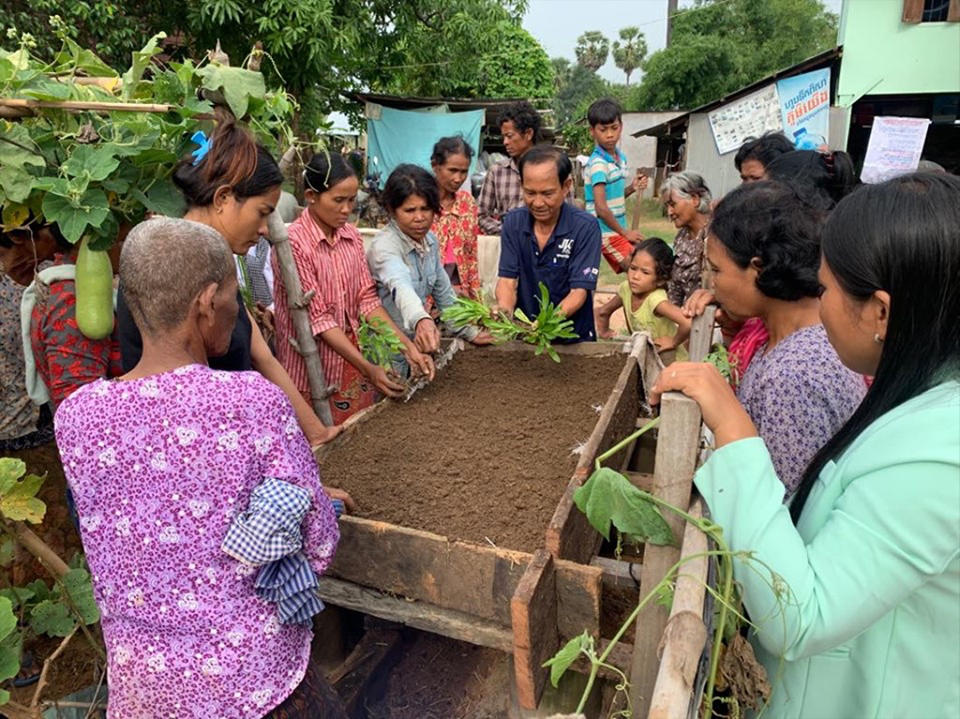
Training for elevated cultivation that minimizes the damage of heavy rainfall.
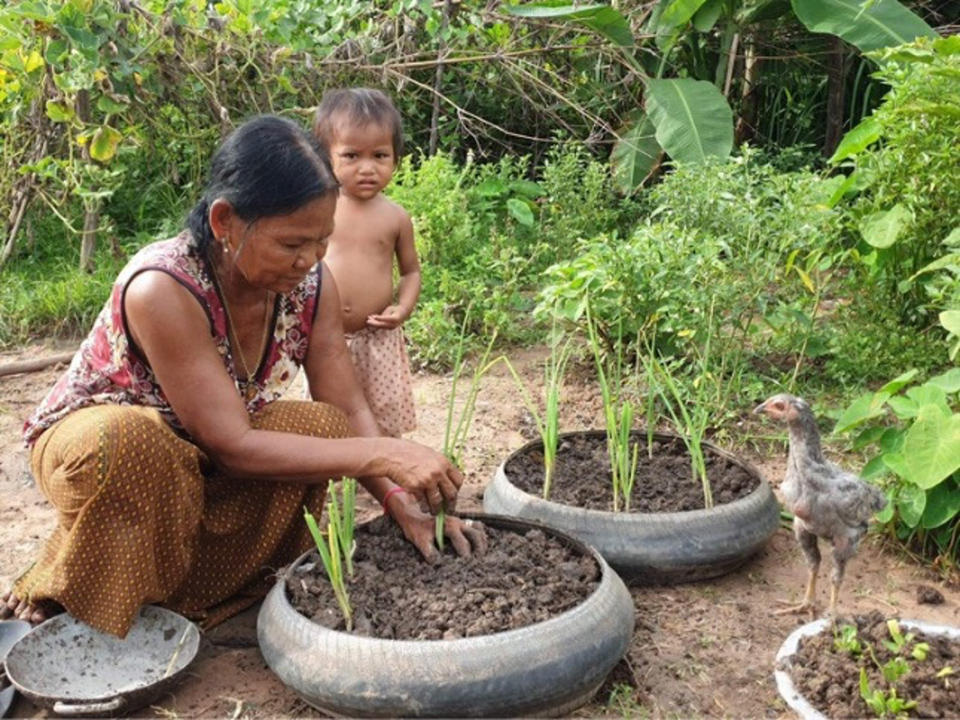
Putting into practice at each home. After the training, instructors visit them and follow up for a month.
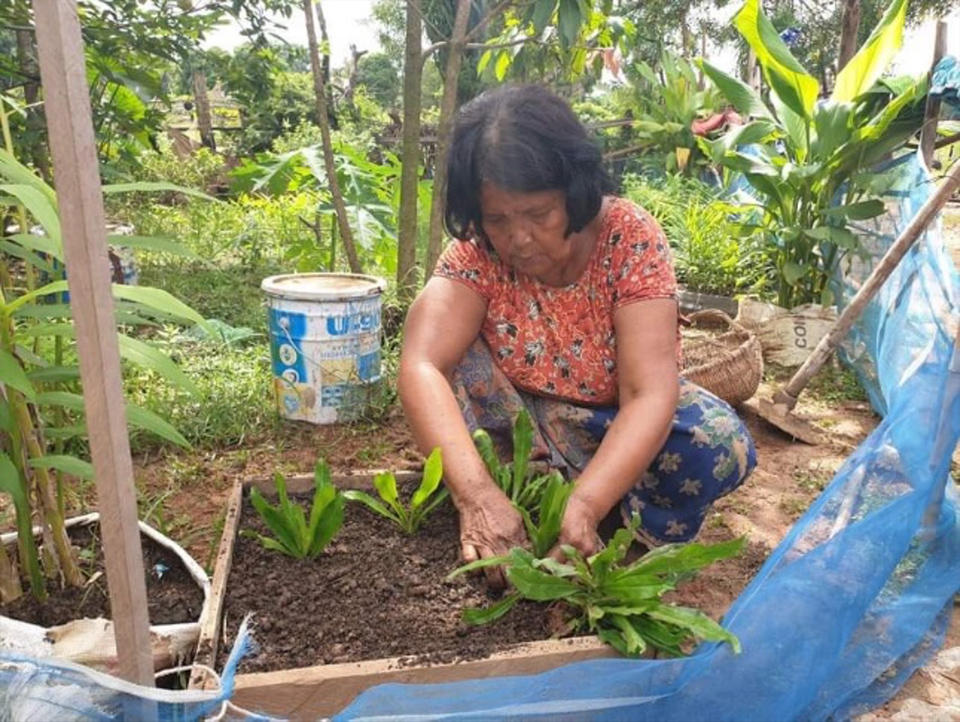
More than 90% of the participants continue to practice at home. We discuss what to do in the next training.
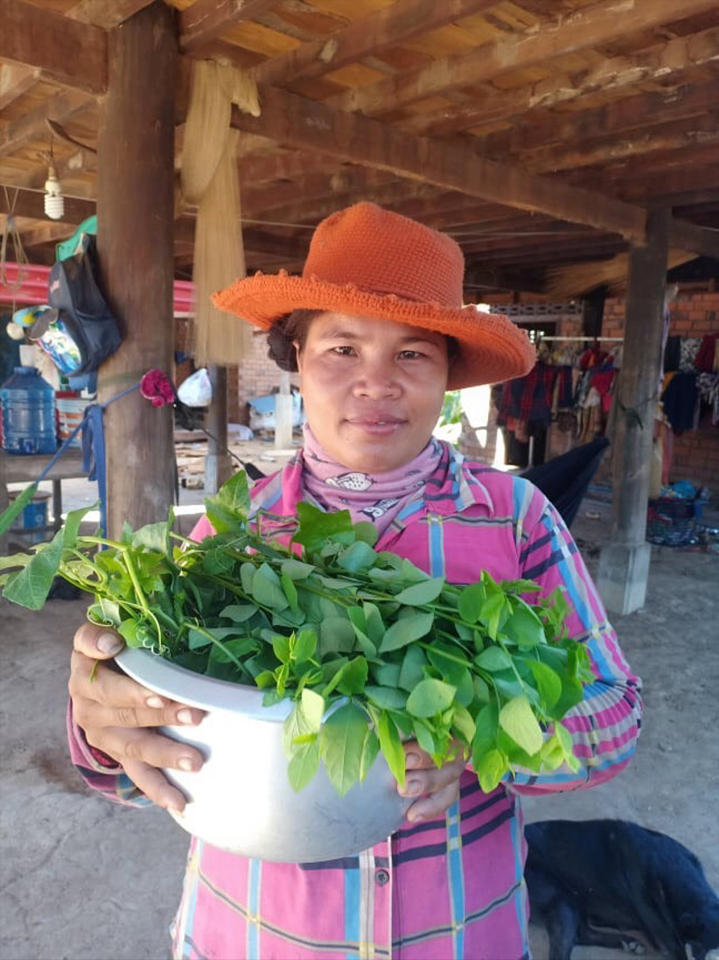
She harvested in large quantities from her garden. She is going to cook them for a ceremony today.
Processing and delivering training
This is basically for the participants who are self-supported and sell surplus food through the trainings shown above, but if there are some people who want to join it, we welcome them. We do not make any rules like, “You need to satisfy the requirements to join this training” because it depends on each participant to make use of the techniques and information learned from the training. We act as a mediator, and trainees produce dried herbs for an ingredient of herb tea and deliver them and vegetables in town. Since earnings of selling herbs are distributed to trainees, this training is popular. See, for example, the previous article for more details.
Last year, there was a group of participants who saved money to buy a pump to draw water. Chemical-free herbs, vegetables, and their products all made in Cambodia are now popular in the downtown area of Cambodia.
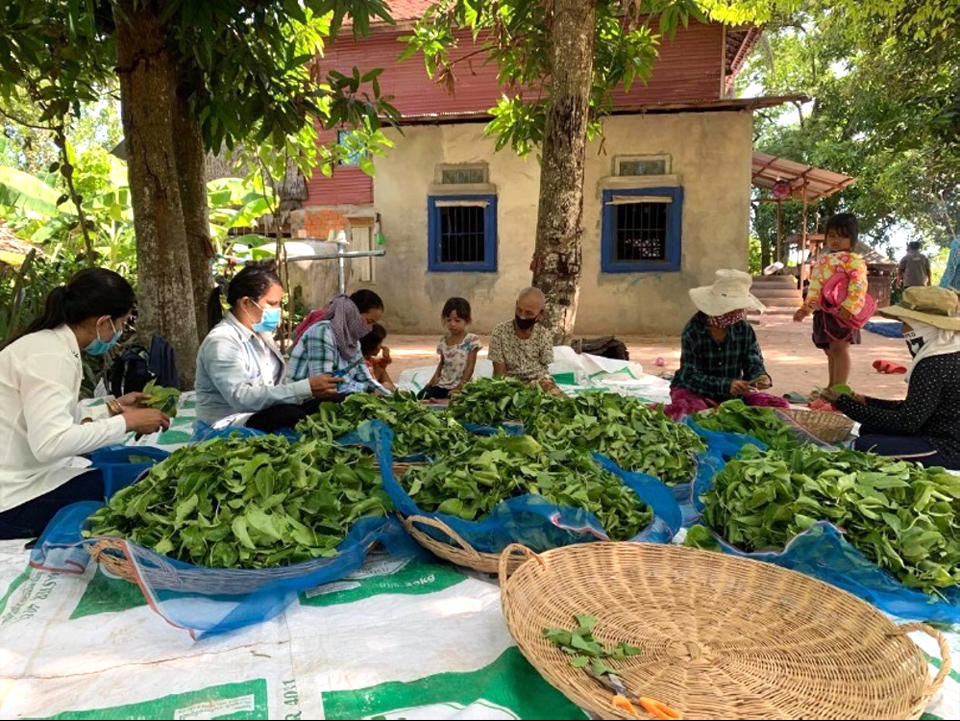
We produce while checking the manual for each order. This is a training for drying leaves of passion fruit and delivering them.
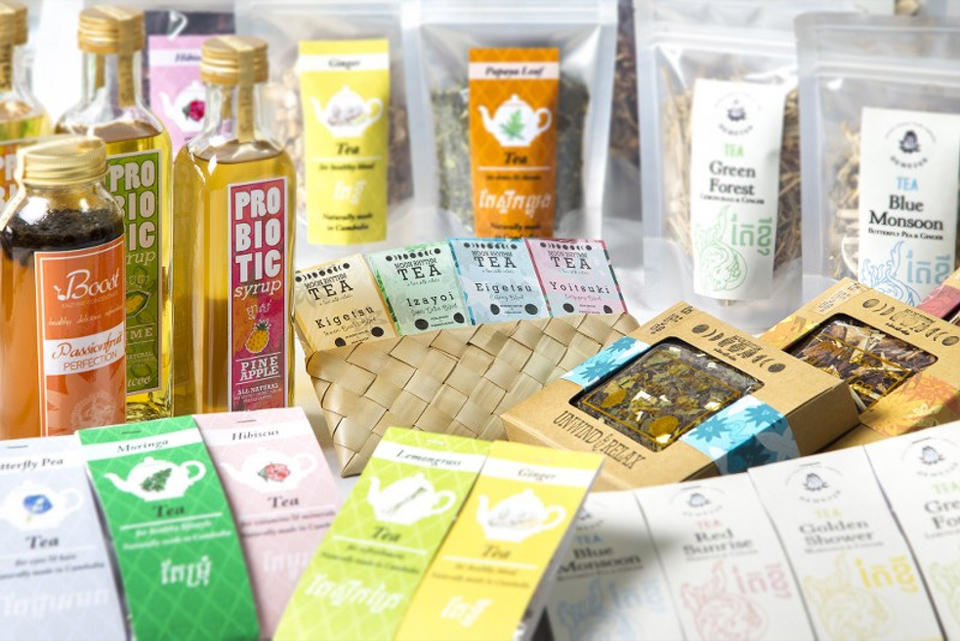
The products look like this!
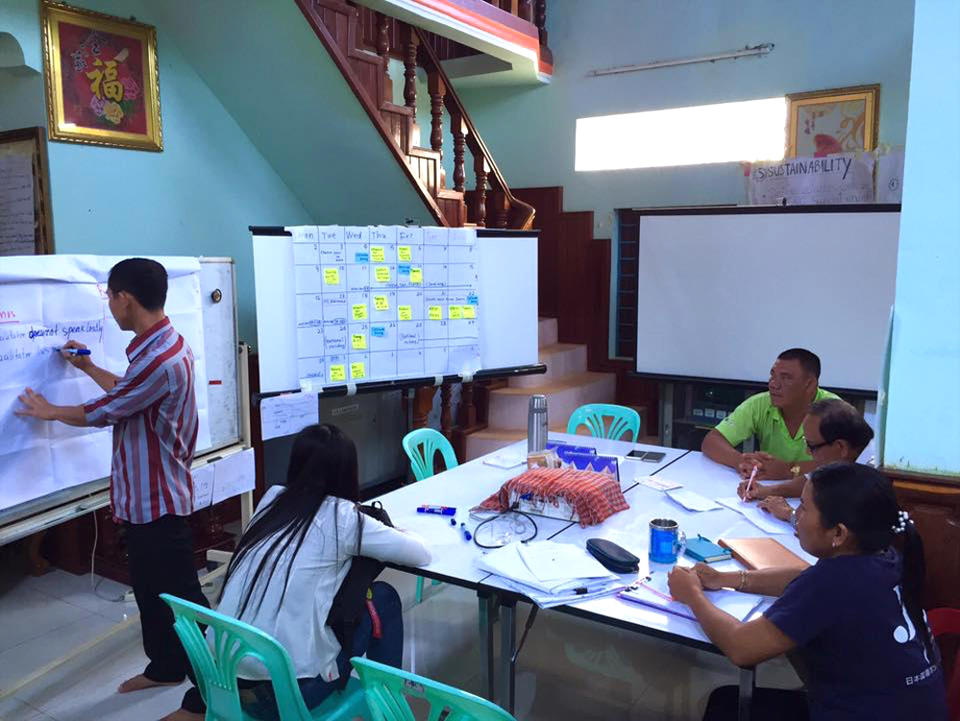
A meeting for looking back on the training after it is finished. We reflect through small talks and reactions from participants of the activities and trainings.
